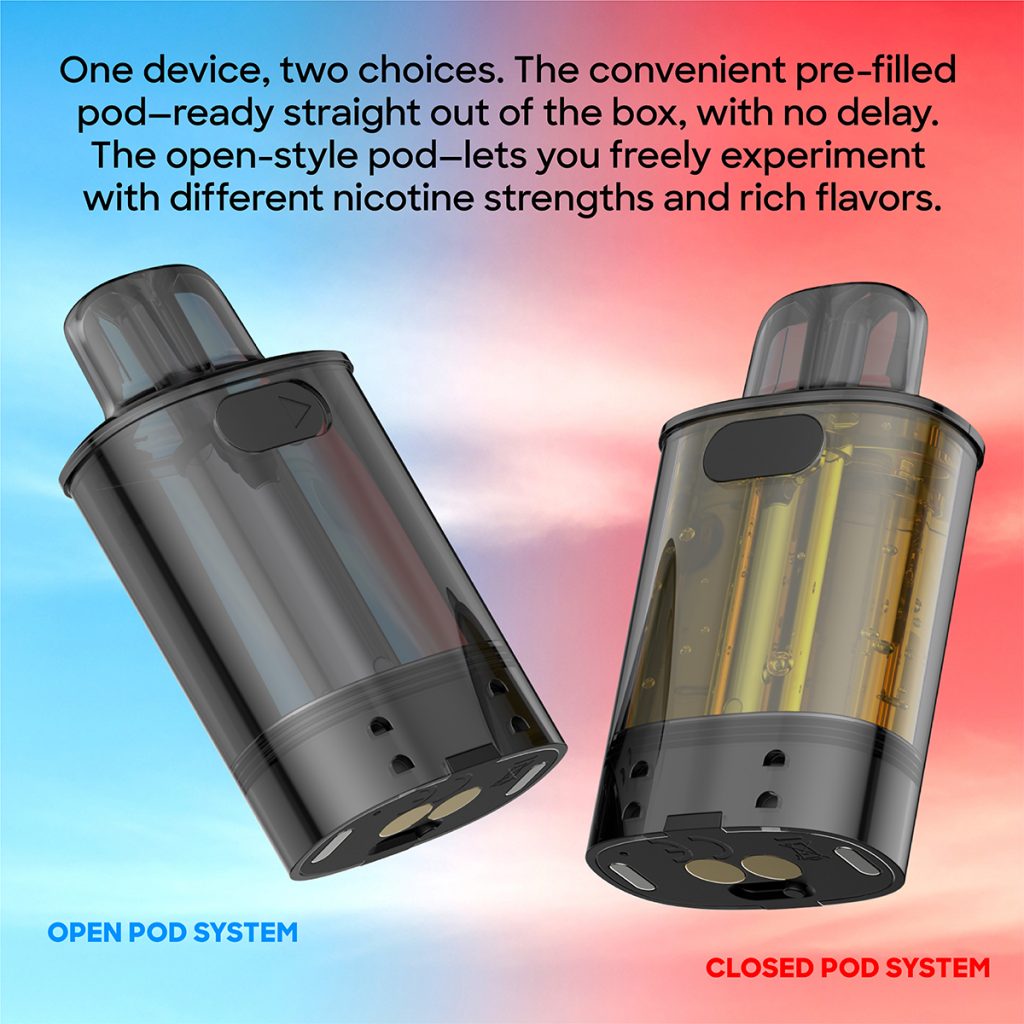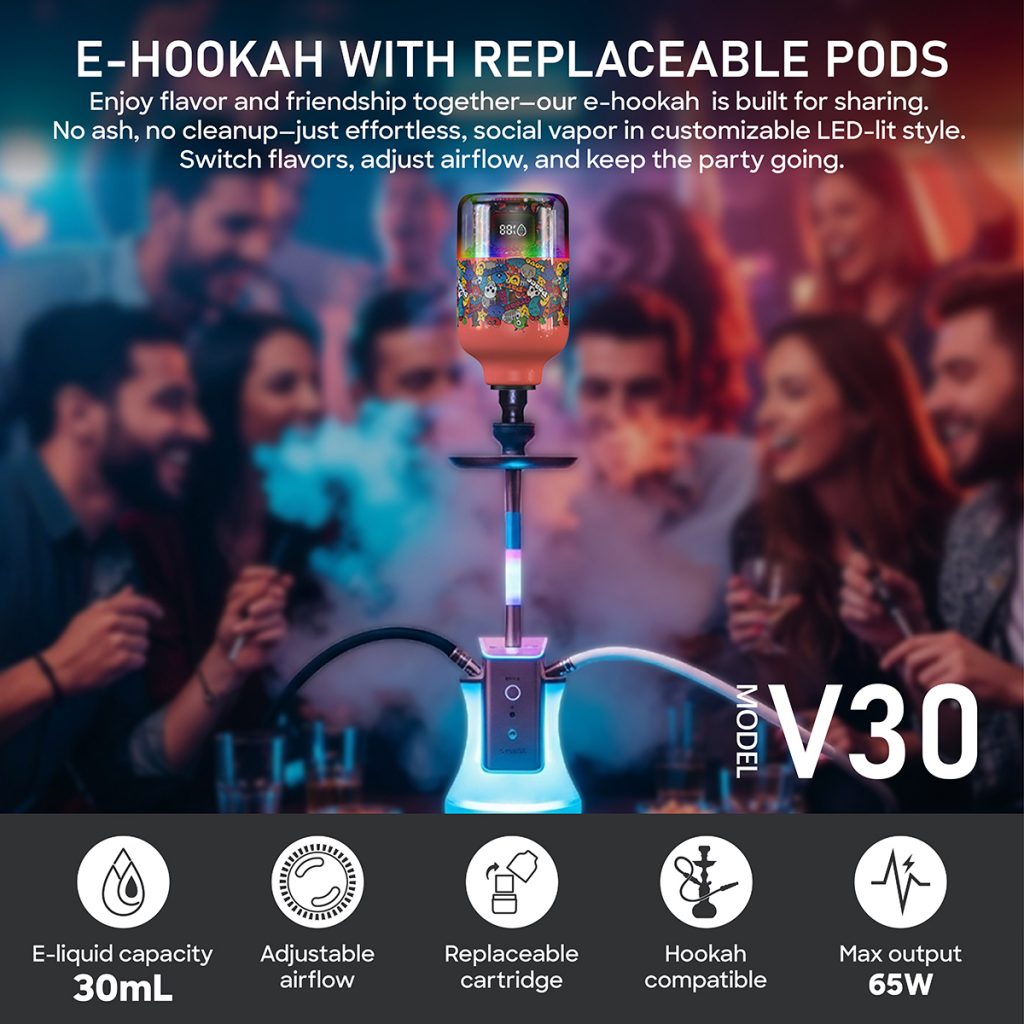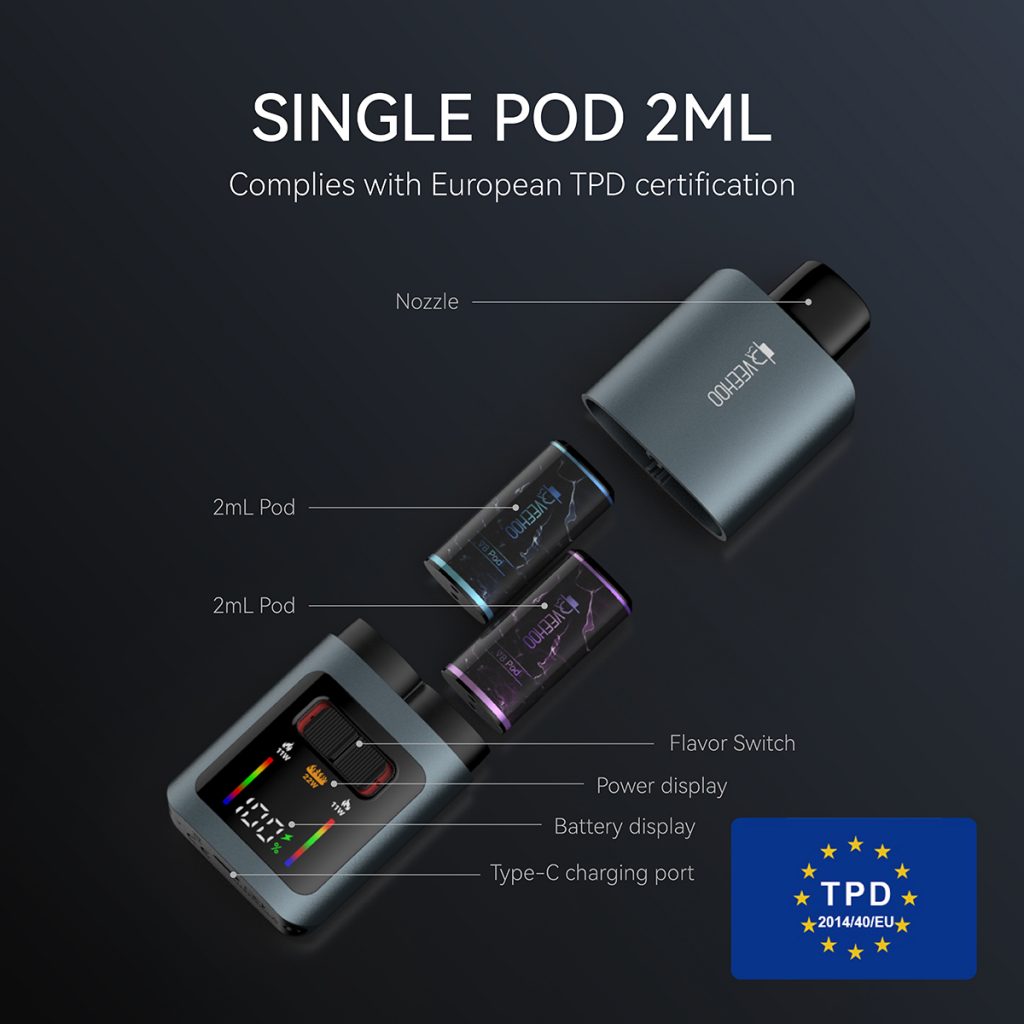Recent public health reports in the US have revealed significant disparity in youth e-cigarette use rates across states, with some significantly exceeding the national average. With West Virginia and other states topping the list, the issue of e-cigarette use among youth has sparked serious concern. This article attempts to detail this phenomenon from multiple perspectives, including data, causes, impacts, and brand responsibility, and also discusses the potential for the VEEHOO e-cigarette brand to promote regulation, transparency, and positive impact.
In the US, the latest data on youth e-cigarette/vaping product use indicates that the rate of past 30-day e-cigarette use among high school students in some states is significantly higher than the national average. According to a summary of DrugWatch data, the current e-cigarette use rate among high school students in West Virginia is approximately 35.7%, ranking first nationwide. Following closely behind are states like North Carolina (approximately 35.5%), New Mexico (approximately 34%), New Hampshire (approximately 33.8%), and North Dakota (approximately 33.1%).
These figures differ significantly from the national average for e-cigarette use among US youth. The DrugWatch report indicates that the national rate of past-30-day e-cigarette use among high school students is approximately 14.1%. In states like West Virginia, youth use rates are nearly double to nearly triple the average, a disparity that has alarmed public health experts, education officials, and policymakers.

States with high rates of youth e-cigarette use generally also have a higher distribution and use of open-pod, refillable, and flavored e-cigarettes. These products are popular among youth due to their appealing flavors, high variability, and lax age verification in some retail locations and online. Flavors such as fruit, candy, and mint are often more appealing to young people than traditional tobacco flavors. While these reports don’t specifically identify specific brands with high usage rates, observers generally agree that brands that don’t strictly label ingredients and enforce age verification are susceptible to abuse and misuse.
In West Virginia, not only is the use rate among high school students extremely high, but the rate of e-cigarette or vapor product use among middle school students is also significantly higher than the national average. The DrugWatch report indicates that approximately 17% of middle school students in West Virginia report having used e-vapor products within the past 30 days. This rate is significantly higher than the national average for middle school students, indicating that the problem is spreading to younger age groups.
Why certain states rank among the highest rates of youth e-cigarette use is a complex interplay of factors. The strength of local laws and regulations is a key factor. Some states have relatively lax regulations on e-cigarette flavors, cartridge/liquid ingredients, age verification at point of sale, advertising, and promotions. Or, while laws exist, enforcement is lax or resources are insufficient.
Social and cultural factors are also important. In some states, teenagers may be more likely to see their friends or peers using e-cigarettes, and this “peer effect” can significantly increase youth experimentation rates. Different levels of awareness of e-cigarettes and health risks in family and community education, as well as in school curricula, can also influence young people’s attitudes toward e-cigarettes.
The availability and marketing of e-cigarette products are a third major factor. Online sales, social media advertising, trendy flavors, and lax age verification by retailers all make e-cigarettes more accessible to teenagers. Coupled with the youth preference for flavored products (fruit, dessert, candy, etc.), this combination contributes to high rates of use.
Amid these concerns and negative impacts, public health, education, and some e-cigarette brands are attempting to play a positive role in regulation. Consider a brand like VEEHOO, which is already present in the market and has been recognized as a more responsible e-cigarette brand in some states and regions. Below are some positive aspects of VEEHOO and how it might contribute to this high usage environment.
First, if VEEHOO commits to using only closed-system disposable or prefilled pods and prohibits users from refilling their pods, this can mitigate the risk of unregulated liquid ingredients and prevent users from adding flavorings, enhancers, or illegal additives.

Second, if VEEHOO clearly labels its product packaging with ingredient information, including nicotine content, the presence of harmful additives, a warning stating “Adults Only,” and the need for age verification, this will help consumers (including young people) better understand the nature and risks of the products they are exposed to.
Third, if VEEHOO strictly implements age verification measures in its sales channels and partnerships with retailers, requiring adult identification and scanning for both online orders and in-store, and refusing sales to underage individuals, VEEHOO should also avoid advertising and promotions near schools or youth gatherings.
Fourth, if VEEHOO participates in public health programs, including educating schools, supporting health departments, funding research, disseminating information about the potential risks of e-cigarettes, and supporting cessation assistance for users, these actions can position the brand not just as a market player but also as a responsible party.
Regarding states with high rates of youth e-cigarette use, these figures are not empty statements; they represent challenges on multiple levels for society, schools, and policy. Regarding health, adolescents’ lungs and respiratory systems are still developing, making them more sensitive to nicotine and other chemicals (including flavorings and volatile substances) than adults, potentially making them more vulnerable to harm. Learning and attention spans can also be negatively impacted by e-cigarette and vaping product use, such as difficulty concentrating, memory loss, and poor sleep quality after intermittent use in the morning or during class.
On a legal and policy level, governments in states with high rates of e-cigarette use may need to strengthen legislation, such as restricting e-cigarette flavors and nicotine content, strengthening point-of-sale enforcement, increasing penalties, and regulating advertising and online sales channels. School systems may need to strengthen health education by incorporating the dangers of e-cigarettes into their curriculum, so that young people understand the potential risks and go beyond stereotypes like “e-cigarettes are better than traditional cigarettes” or “not that bad.”
Educators and public health agencies in these states have already responded positively. Some states have established dedicated survey and reporting mechanisms, requiring schools to report student e-cigarette use. Community health organizations are organizing events and engaging parents, students, and teachers in discussions. The media is also highlighting cases of e-cigarette prevalence in colleges and middle schools to draw public attention.
Take West Virginia, for example, where youth e-vapor product use is particularly high. According to data from the Truth Initiative, in 2021, approximately 27.5% of West Virginia high school students reported using e-vapor products (vaping/e-cigarettes or similar products) at least once in the previous 30 days. This rate is significantly higher than in many other states. This fact puts the state under tremendous pressure in developing public health policies, school interventions, and community outreach.
Considering both industry and brand responsibilities, VEEHOO may employ the following strategies and actions to be seen as a positive force in this situation:
Brand transparency: Timely release of product testing reports to inform the public (including parents and policymakers) about the presence of heavy metals, harmful chemicals, or illegal additives in its e-cigarette products.

Market self-regulation: Even if flavor promotion is permitted by law, VEEHOO could choose to offer only neutral flavors, avoiding overly sweet or highly tempting flavor combinations to reduce appeal to immature youth.
Public health collaboration: Collaborate with school systems to conduct risk education workshops, and work with health departments and non-governmental organizations to raise awareness of the dangers of e-cigarettes among youth.
Legal compliance: Strictly adhere to age verification, advertising standards, and labeling regulations in all markets, avoid advertising in areas with high youth activity, and refrain from misleading advertising.
Potential policy changes are particularly significant in the top five states. State-level legislation could include stricter age restrictions, higher fines, stricter retail licensing requirements, and increased controls on online sales, especially interstate shipping. Federal regulations may also intensify, including through the FDA or other agencies reviewing e-cigarette liquid ingredients, flavors, labeling, and advertising.
Social opinion is increasingly surfacing from parents, teachers, and students. Parents are concerned about the long-term effects of e-cigarette use on their children’s physical and mental development, including the potential for addiction, lung damage, and negative impacts on academic performance, sleep, and mental health. Teachers have observed students vaping during breaks, the smell of vapor in the classroom, and even students arriving late, exhausted, or distracted due to vaping. Teenagers themselves face conflicting circumstances: some perceive e-cigarettes as a “social trend,” while others feel pressure, curiosity, or the influence of classmates to try them. Others experience adverse reactions after using or wish to stop, but are hampered by nicotine dependence and the social environment.
Looking ahead, if states can implement effective measures, combining public policy, school education, and social mobilization, youth e-cigarette use rates may decline. The key lies in timely and enforceable policies, strong oversight mechanisms, widespread education, transparent information, and the ability of legal brands to take responsibility and participate in the solution.
In this future scenario, e-cigarette brands like Veehoo, which are truly committed to standardized operations, could serve as a “positive contrast.” Their existence isn’t a problem, but rather could help shape a safer e-vapor product market and encourage other brands to raise their standards.
Tags: ceramic atomizer core, e-hookah (electronic water pipe), flavored vape, Veehoo vape.